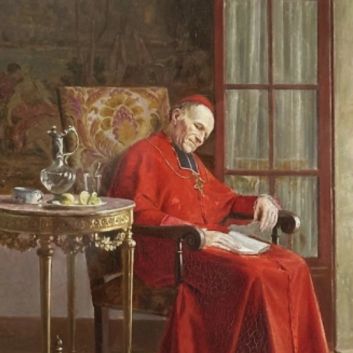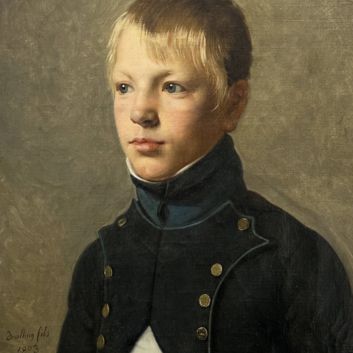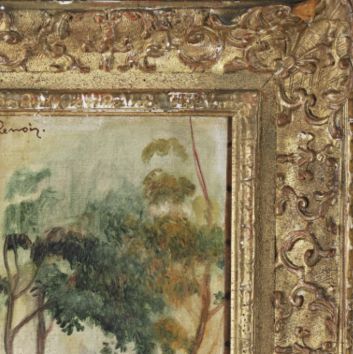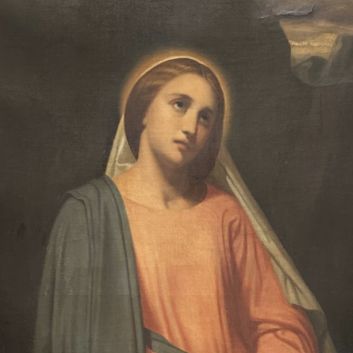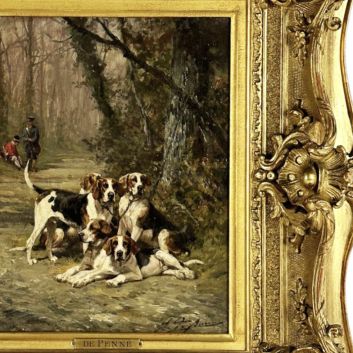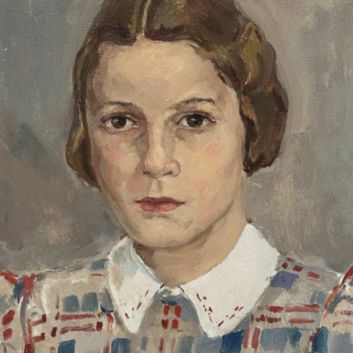Cote et valeur des tableaux de Martin Drölling (père)
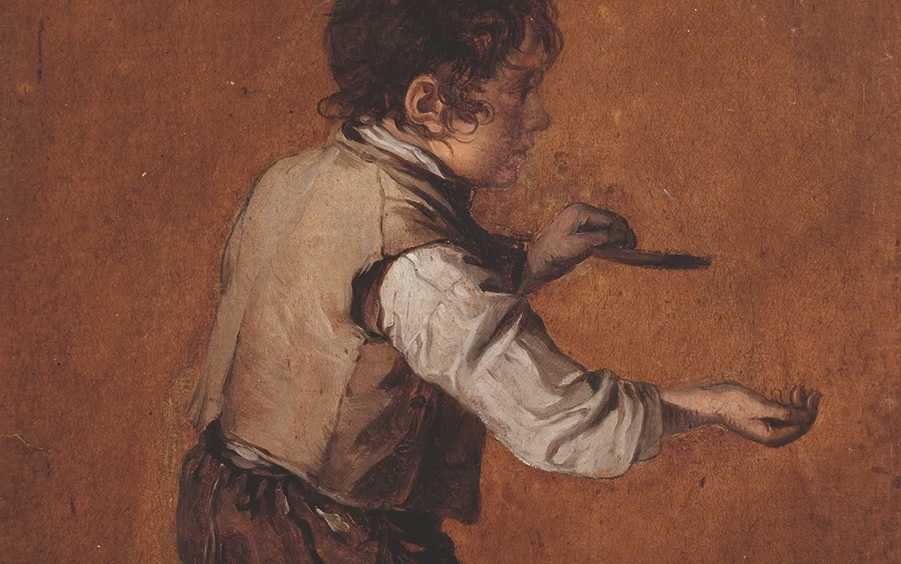
Si vous détenez une œuvre réalisée par l’artiste Martin Drölling ou d’après, et que vous souhaitez connaître sa valeur, nos experts et commissaires-priseurs agréés par l’État vous offriront leurs services d'expertise.
Nos spécialistes s’emploieront à réaliser une expertise gratuite de votre œuvre, et vous transmettront une estimation précise de sa valeur sur le marché actuel.
Par la suite, si vous désirez vendre votre œuvre, nous vous orienterons vers le meilleur dispositif possible pour en obtenir un prix optimal.
Cote et valeur de l’artiste Martin Drölling
Peintre français académiste par excellence, Martin Drölling s’est principalement consacré aux portraits. L’essentiel de son œuvre repose sur un large éventail de peintures, mais on compte également des dessins, en revanche très peu d’estampes.
Les prix auxquels ses œuvres sont adjugées s’échelonnent entre 100 et 235 000€, un delta conséquent mais qui en dit long sur la valeur qui peut être attribuée aux œuvres de l’artiste.
En l’occurrence, son huile sur toile Jeune fille écoutant à la porte, de 53,5 cm x 45,5 cm, s’est vendue à hauteur de 235 000€, tandis qu’elle était estimée entre 80 000 et 100 000€.
Ordre de valeur allant d’une œuvre simple à la plus prestigieuse
Technique utilisée | Résultat |
|---|---|
Dessin - aquarelle | De 100 à 12 500€ |
Peinture | De 370 à 235 000€ |
Réponse en - de 24h
Style et technique de Martin Drölling
Le style de Martin Drolling, inscrit dans une tradition néo-classique teintée de réalisme, se distingue par une minutie presque microscopique dans le traitement des détails.
Ses scènes d’intérieur, souvent baignées d’une lumière chaude et diffuse, témoignent d’une fascination pour les ambiances feutrées et les compositions intimes.
Utilisant une palette restreinte, dominée par des tons bruns et ocres, Drolling excelle dans l’art du clair-obscur, modelant les volumes avec une subtilité qui évoque l’héritage des maîtres flamands.
Sa technique, quant à elle, repose sur une application rigoureuse des glacis, permettant de superposer des couches translucides pour obtenir une profondeur chromatique inégalée.
Le soin apporté aux textures, que ce soit le grain du bois d’un mobilier ou le tissage d’une étoffe, révèle une observation minutieuse et un sens aigu du rendu tactile. Dans ses tableaux, chaque objet devient un élément narratif à part entière, participant à l’harmonie d’ensemble.
En cela, Drolling rejoint la tradition des peintres de genre tout en imprimant à son œuvre une signature singulière, mêlant précision artisanale et sensibilité poétique.
Aujourd’hui, les résultats de ces tableaux aux enchères atteignent les résultats de certains Jean-Léon Gérôme ou du Baron Gros.
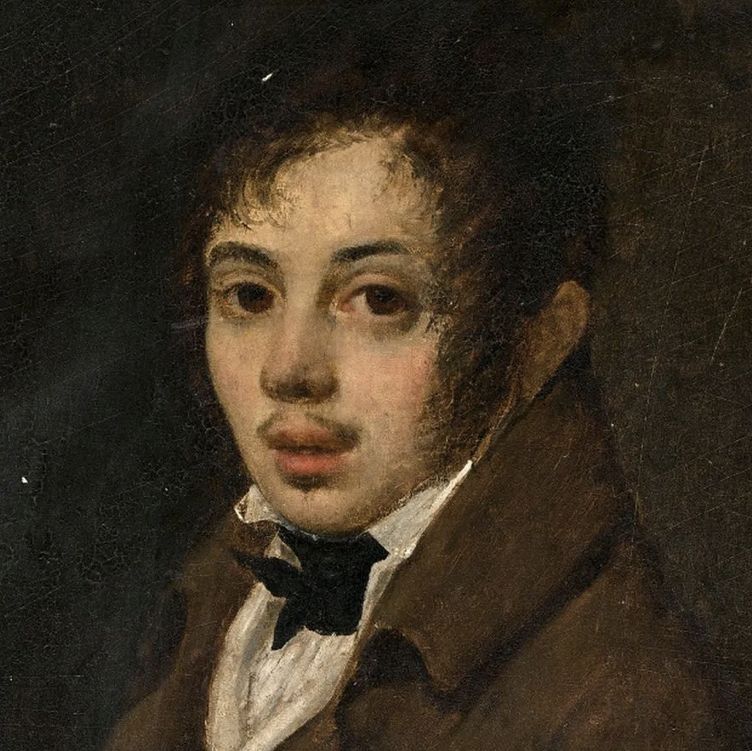
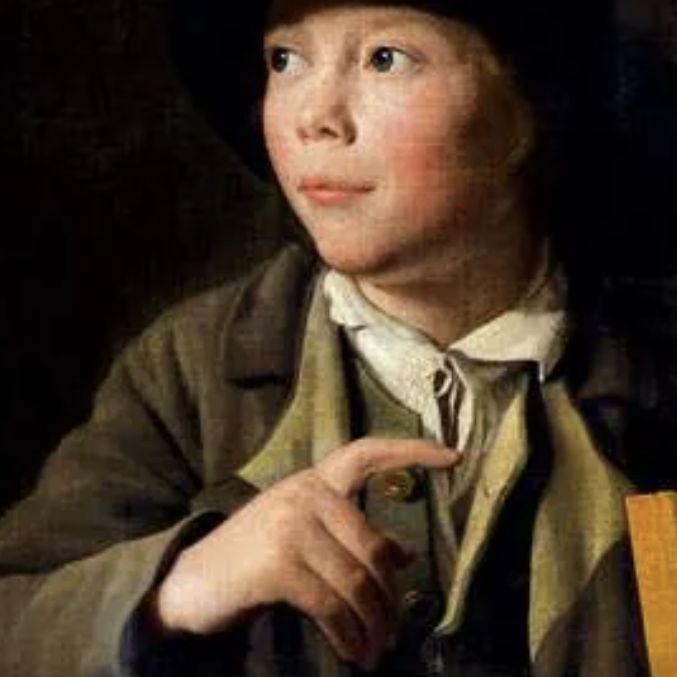
La vie de Martin Drölling
Martin Drölling (père – son fils, Michel Martin Drölling, sera aussi peintre), est né en 1752 à Oberhergheim dans le Haut-Rhin, et est décédé à Paris en 1817.
Il s’inscrit dans le courant néoclassique et produit surtout des portraits ainsi que des scènes de genre. Étranger au milieu artistique, il décide de devenir peintre par un concours de circonstances assez mystérieux, et révèle assez vite son talent.
Il signe un contrat d’apprentissage avec un peintre local, mais ils ne s’entendent pas. Drölling décide rapidement de poursuivre son apprentissage à Strasbourg, auprès d’un peintre qui n’est pas connu aujourd’hui.
En 1779, le peintre finit par s’installer à Paris, où il est admis à l’école des Beaux-Arts. Rapidement, il parvient à faire reconnaître son talent et à négocier un contrat avec un marchand, qui lui permet de vivre de son art.
Il se marie ensuite avec la fille d’un marchand de couleurs, avec qui il a trois enfants. C’est de cette union qu’est issu Michel-Martin Drölling, né en 1789. Sa sœur, Louise-Adéone Drölling, sera elle aussi artiste.
Martin Drölling fait la rencontre d’Élizabeth Vigée le Brun, grande portraitiste de la noblesse qui est déjà connue et reconnue en France. Elle emploie le peintre comme assistant et il poursuit en quelque sorte son apprentissage avec elle.
Grâce à elle, il rencontre Jean-Baptiste Greuze, qui lui transmets un peu de son élégance et de sa maîtrise des scènes intérieures et des portraits.
Drölling ne s’arrête pas à la peinture – il va aussi expérimenter le travail de la céramique chez Dihl et Guérhard, où il rencontre Alexandre Brogniart, alors directeur de la manufacture de Sèvres, ce qui lui permet d’obtenir un poste en tant que peintre décorateur de 1802 à 1813.
Malgré ses nombreux contacts et les enseignements prestigieux qu’il a reçus, Drölling reste un peintre assez pauvre – qui doit faire face à de nombreuses épreuves, notamment la mort de sa femme et d’un de ses enfants. Il se voit obligé d’élever seul Michel-Martin et Louise-Adéone.
Malheureusement, Drölling ne verra pas l’étendue de sa gloire, puisqu’il meurt en 1816, quelques jours avant l’ouverture du Salon qui verra un intérêt naissant et très enthousiaste pour les dernières œuvres de sa carrière.
Autopsie des cœurs royaux
Quand les cœurs des Rois de France deviennent peinture
Au début du XIXème siècle, plusieurs peintres ont, d’après la légende, acheté des cœurs royaux afin de créer un exceptionnel pigment marron sur leurs toiles – appelé poudre de mummie.
Le pigment avait pour but de s’approcher des styles du Caravage et de Rembrandt – maîtres sacrés des nuances sombres.
La technique n’est pas novatrice puisque les artistes des XVII et XVIIIème siècles avaient déjà tenté une imitation en utilisant de l’asphalte et du bitume de Judée.
Il était apparu que la poudre issue des restes de momie égyptiennes était finalement le produit le moins couteux et le plus qualitatif afin d’obtenir le résultat recherché.
Le funeste sac de Saint-Denis, retranscrit par Jean Raspail dans Sire, a en effet conduit à la profanation des tombes royales, et de nombreux cœurs souverains ont ensuite été exposés dans des églises comme Saint-Paul du Marais.
Les reliques conservées à l’époque au Val de Grâce ont fait l’objet d’un trafic sans précédent, donnant l’occasion à deux peintres : Martin Drölling et Alexandre Pau de Saint-Martin, de se procurer les reliques souveraines.
Deux tableaux contenant le cœur des Rois de France sont à ce jour connus : Intérieur d’une cuisine (Drölling, conservé au Louvre) et Vue de Caen (Saint-Martin, conservé à Toulouse).
Le médecin légiste Philippe Charlier a confirmé qu’il s’agissait des cœurs souverains, pour le tableau de Saint-Martin, et plus précisément du Roi Louis XIV.
Les protéines cardiaques du souverain ayant permis de confirmer le lien de corrélation avec la cause de sa mort, il s’agit désormais de réaliser l’analyse pour le tableau de Drölling au Louvre, qui semble contenir des morceaux du cœur de Louis XIII.
Les historiens de l’art restent prudents concernant les causes qui ont amené les peintres à réaliser ces manipulations : profanation, hommage ou sacralisation ? – le contexte étant tout à fait particulier.
Il est cependant avéré que les deux artistes ont rendu les restes des cœurs royaux au Roi Louis XVIII, qui a pu restituer leur honneur en les replaçant dans la nécropole de Saint-Denis, où des cardiotaphes réalisés pour l’occasion assurent leur repos éternel.
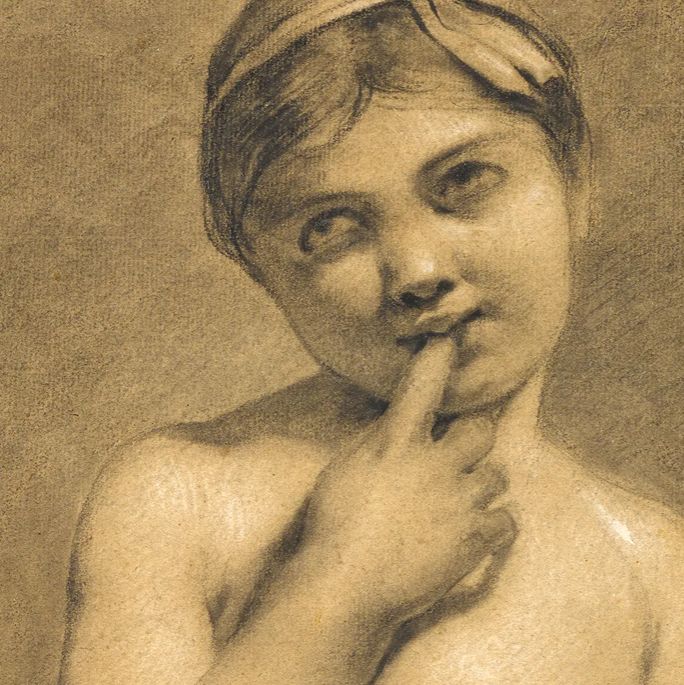
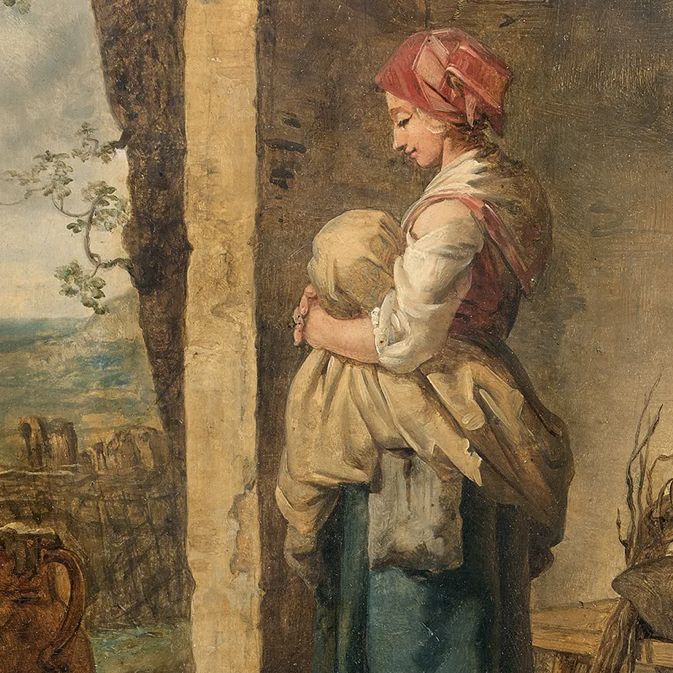
Focus sur Intérieur d’une cuisine, Martin Drölling, 1810
Dans Intérieur d’une cuisine, Martin Drölling illustre avec une précision méthodique son aptitude à capturer la matérialité des objets et la quiétude d’un espace domestique.
L’œuvre, construite avec une rigueur scientifique, s’inscrit dans la tradition des maîtres flamands, où la représentation des détails matériels devient un exercice de virtuosité.
Les surfaces, qu’il s’agisse de la patine d’un bois usé ou des reflets métalliques d’un récipient en cuivre, témoignent d’une minutie remarquable.
Chaque élément, des poteries émaillées – souvenir de son passage à Sèvres - disposées sur une étagère aux ustensiles métalliques suspendus au mur, est reproduit avec un soin méticuleux qui confère une dimension presque tactile à la scène.
La palette chromatique, dominée par des bruns chauds, des ocres et des tons terreux, renforce l’unité visuelle et inscrit l’œuvre dans un registre réaliste sobre, évitant tout éclat superflu.
Ce choix colorimétrique, combiné à un clair-obscur subtil, ne se contente pas de structurer l’espace ; il sculpte les volumes et met en lumière la texture des objets, suggérant une matérialité tangible.
Les jeux de lumière, habilement dosés, organisent la composition en attirant l’attention sur des points précis, créant ainsi un équilibre visuel entre l’ensemble et les détails.
L’atmosphère de la scène, feutrée et introspective, dépasse cependant la simple restitution documentaire. Drölling propose une lecture réfléchie de la domesticité, où chaque objet devient porteur d’histoire et d’usage.
Ce tableau s’affirme alors comme une synthèse entre l’observation scientifique et une sensibilité esthétique mesurée, ancrée dans le quotidien mais sublimée par l’art.
Reconnaître la signature de Martin Drölling
Le peintre ne signait pas toutes ses œuvres, ce qui ne facilite pas le travail d’expertise. Lorsque ses œuvres sont signées, la signature apparaît dans une écriture fluide.
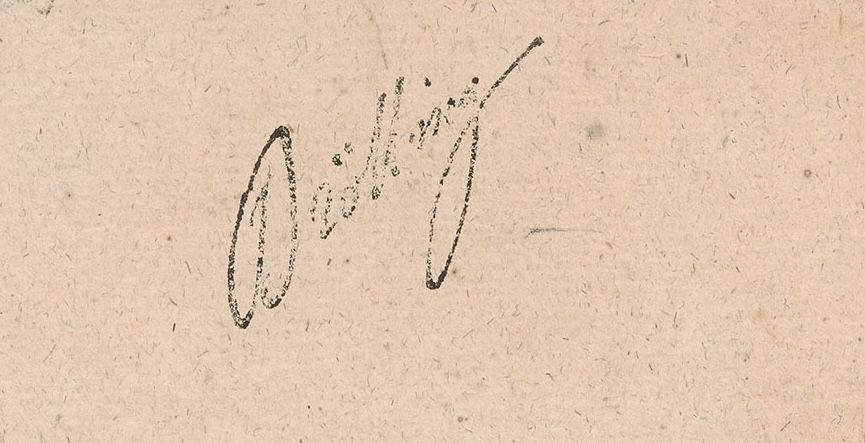
Connaître la valeur d’une œuvre
S’il s’avère que vous possédez une œuvre de Martin Drölling, demandez sans plus attendre une évaluation gratuite par le biais de notre formulaire sur notre site internet.
Un membre de notre équipe, composée d’experts et de commissaires-priseurs agrées vous contactera promptement afin de vous communiquer l’estimation de la valeur de votre œuvre, sans oublier de vous transmettre les informations ad hoc sur celle-ci.
Si vous considérez vendre votre œuvre, vous serez également accompagnés par nos spécialistes afin de bénéficier d’alternatives pour la céder au meilleur prix possible.
Réponse en - de 24h
A découvrir dans la même thématique
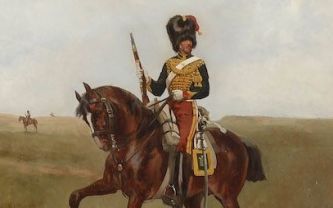
Cote et valeur des tableaux, dessins, peintures de Georges H...
Georges Hyon est un peintre de scènes militaires du XIXème siècle qui a produit des oeuvres cotées et qui ont de la valeur aux enchères.
En savoir plus >
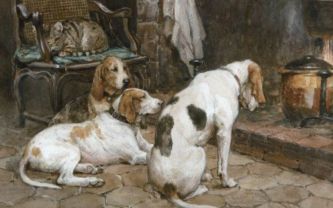
Cote et valeur des tableaux, dessins, peintures de Charles O...
Charles Olivier de Penne est un peintre du XIXème siècle qui a produit des oeuvres cotées et qui ont de la valeur aux enchères. Estimation en 24h.
En savoir plus >
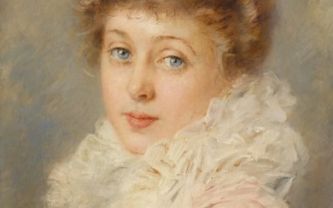
Cote et valeur 2024 des tableaux, dessins, peintures de Cons...
Constantin Makovskij est un artiste réaliste russe du XIXème siècle qui a produit des oeuvres dont la cote et la valeur sont élevées aux enchères.
En savoir plus >
Site sécurisé, anonymat conservé
Commissaire-priseur et expert agréé par l'État
Estimations gratuites et certifiées
